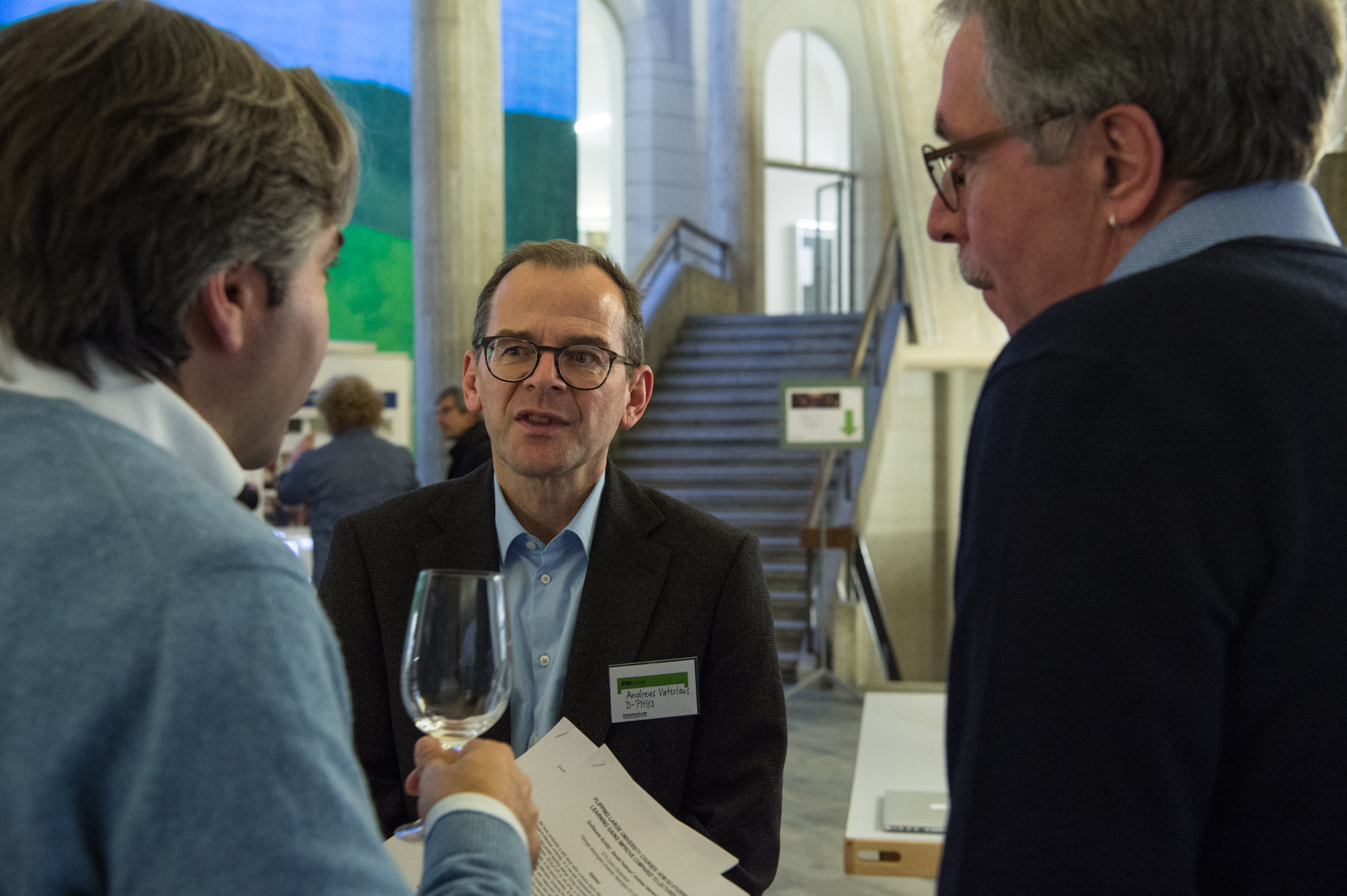Make it tangible: Laser cutter models in first-year mechanical engineering education
Booth #18

Interacting with portable and operable physical models of commonly used machine components supports first-year students in understanding underlying working principles and mathematical relations.
Authors
Dr Quentin Lohmeyer, D-MAVT, Product Development Group
Prof. Dr Mirko Meboldt, D-MAVT, Product Development Group
Abstract
The course Maschinenelemente is part of the first-year education in mechanical en-gineering and is currently attended by more than 500 students. The didactic concept aims at imparting profound knowledge of how commonly used machine components are designed and how they work in detail within a technical system. In this context, a basic challenge lies in teaching the more complex components that are usually characterized by a high number of interacting parts and interfering movements.
In recent years, we tested several approaches to meet this challenge. We found that portable and operable physical models are most helpful to enable students to establish a deeper understanding of the subject matter. Such models can be already presented during the lecture, but it is even more important to give the students the opportunity to make their own experiences by operating and modifying the models by themselves and closely analysing the interaction of single parts.
The Innovedum project “Make It Tangible” introduces an educational framework utilizing portable and operable physical models of commonly used machine components in order to facilitate the students’ process of understanding. In the first part of the ongoing project, we developed blueprints and assembly instructions for Laser Cutter Models. Laser Cutter Models are models made of wood or acrylic glass that represent single mechanical mechanisms in a simplified way. Guided by the instructions, our first-year students can now easily produce their own models and analyse them together with their fellow students (peer-learning). They also can take the models home and explain them to friends and family. For learning assessment, we developed online quizzes provided via the ETH Moodle platform. These quizzes include questions that ensure the students have correctly understood the theory behind the models and test whether they are able to transfer their knowledge to solve similar problems with changed requirements.
By implementation of this Innovedum project, we initiated a more intensive learning experience that is especially characterized by a closer linkage of theory and practice and a more active role of the students. The Laser Cutter Models substantially supported our students in understanding underlying working principles and mathematical rela-tions. We experienced that the students have quickly acquired a deep level of specific knowledge and furthermore, that they have trained their technical communication skills at a very early stage of their studies.
